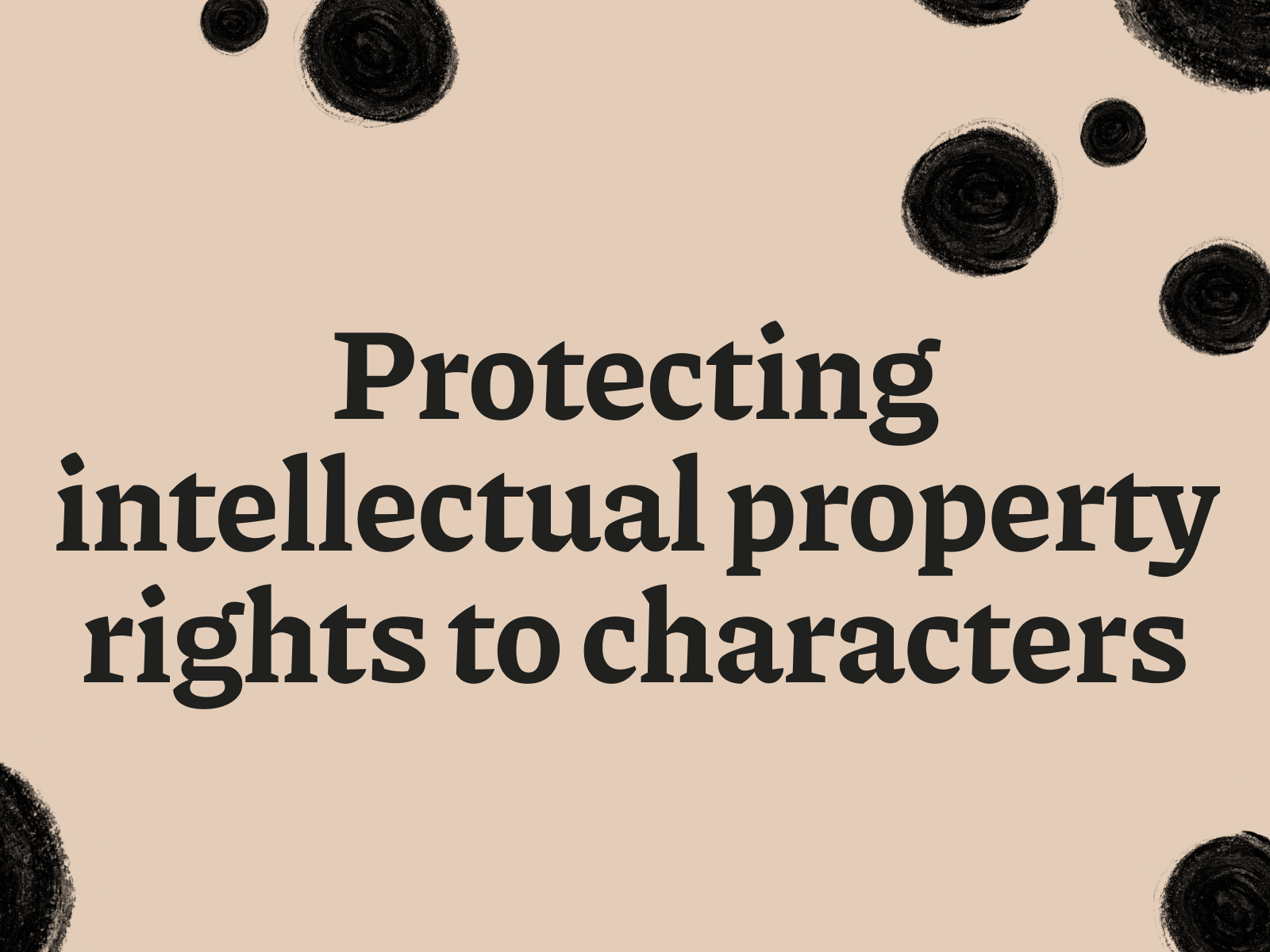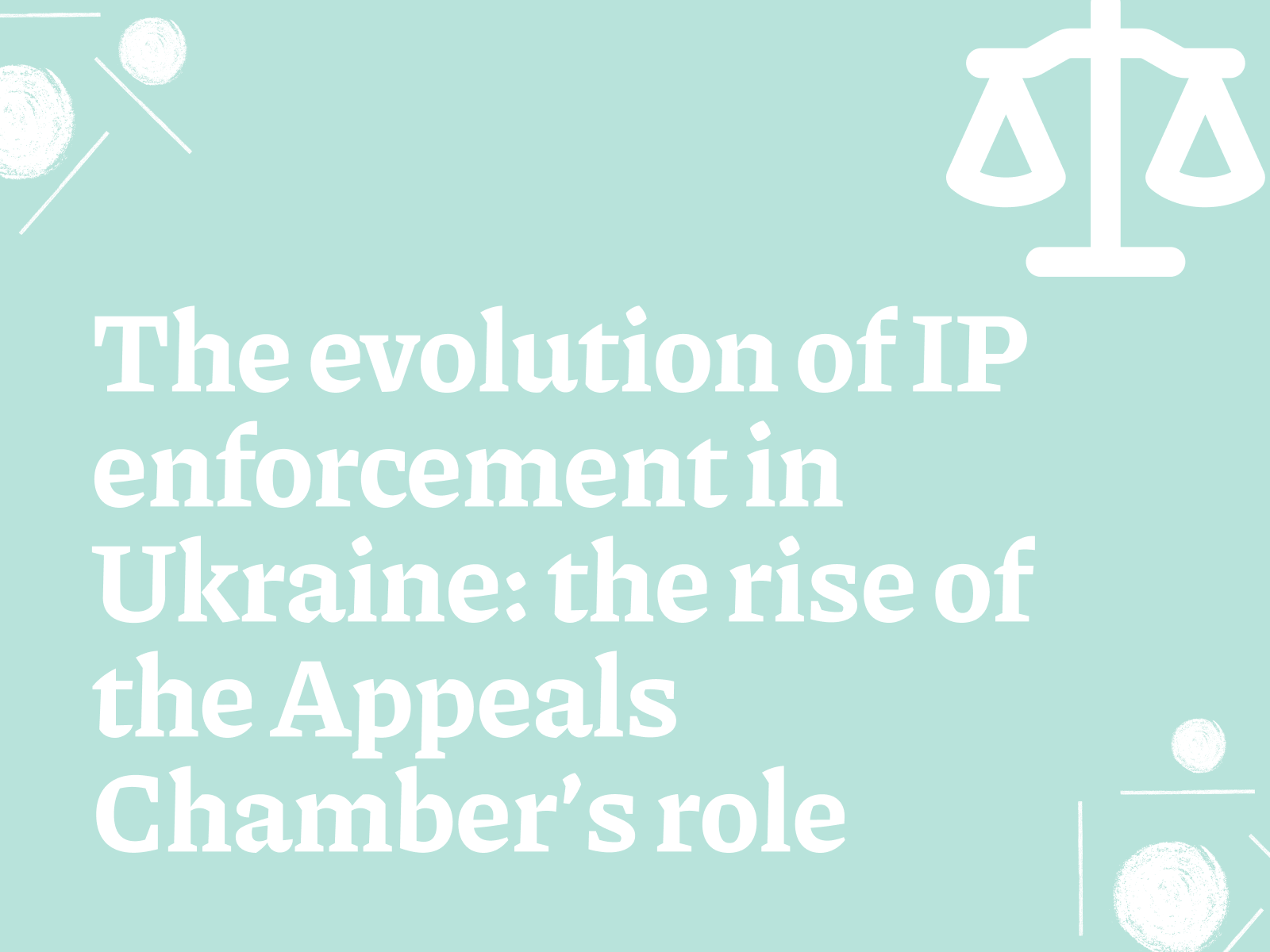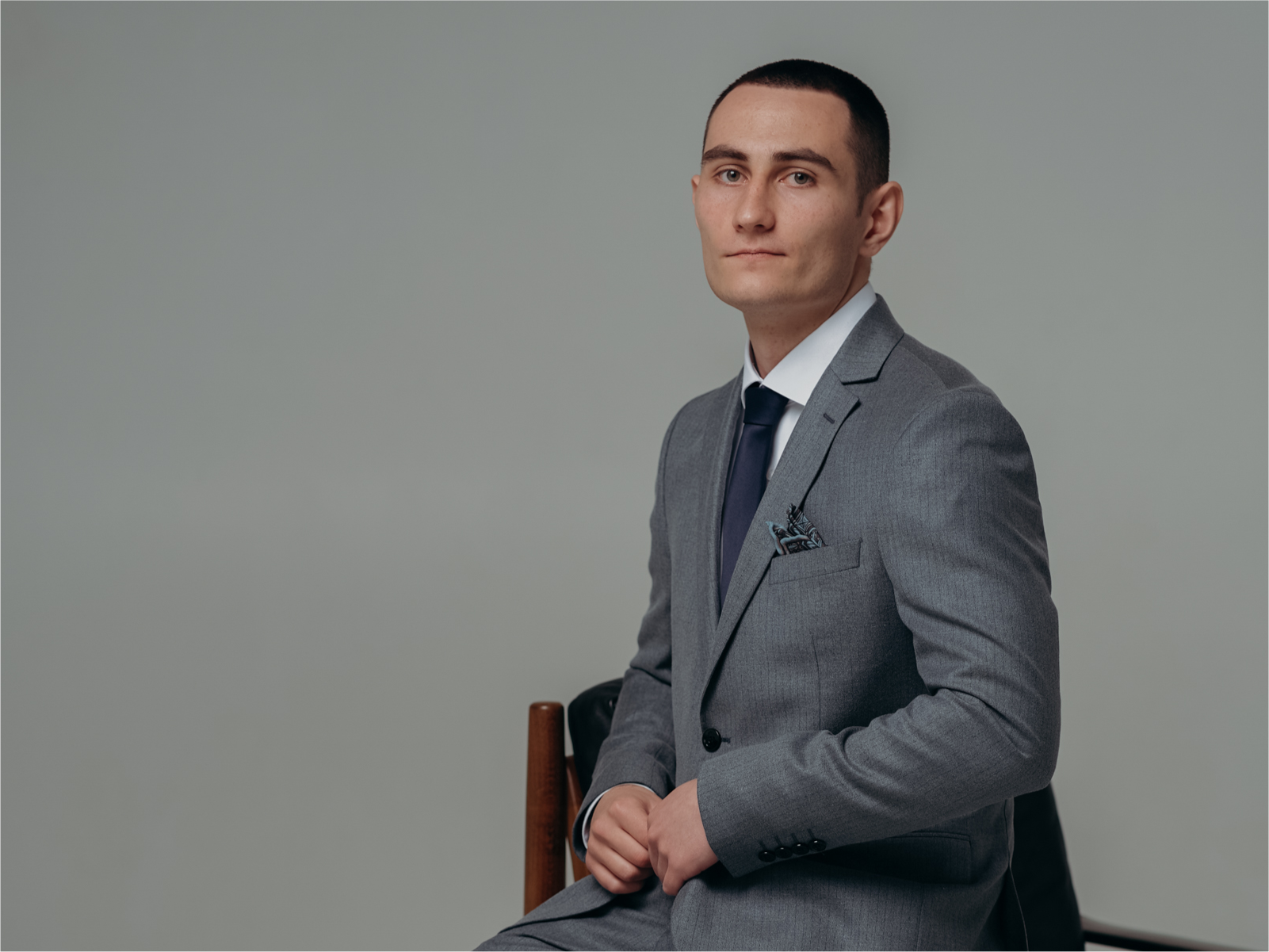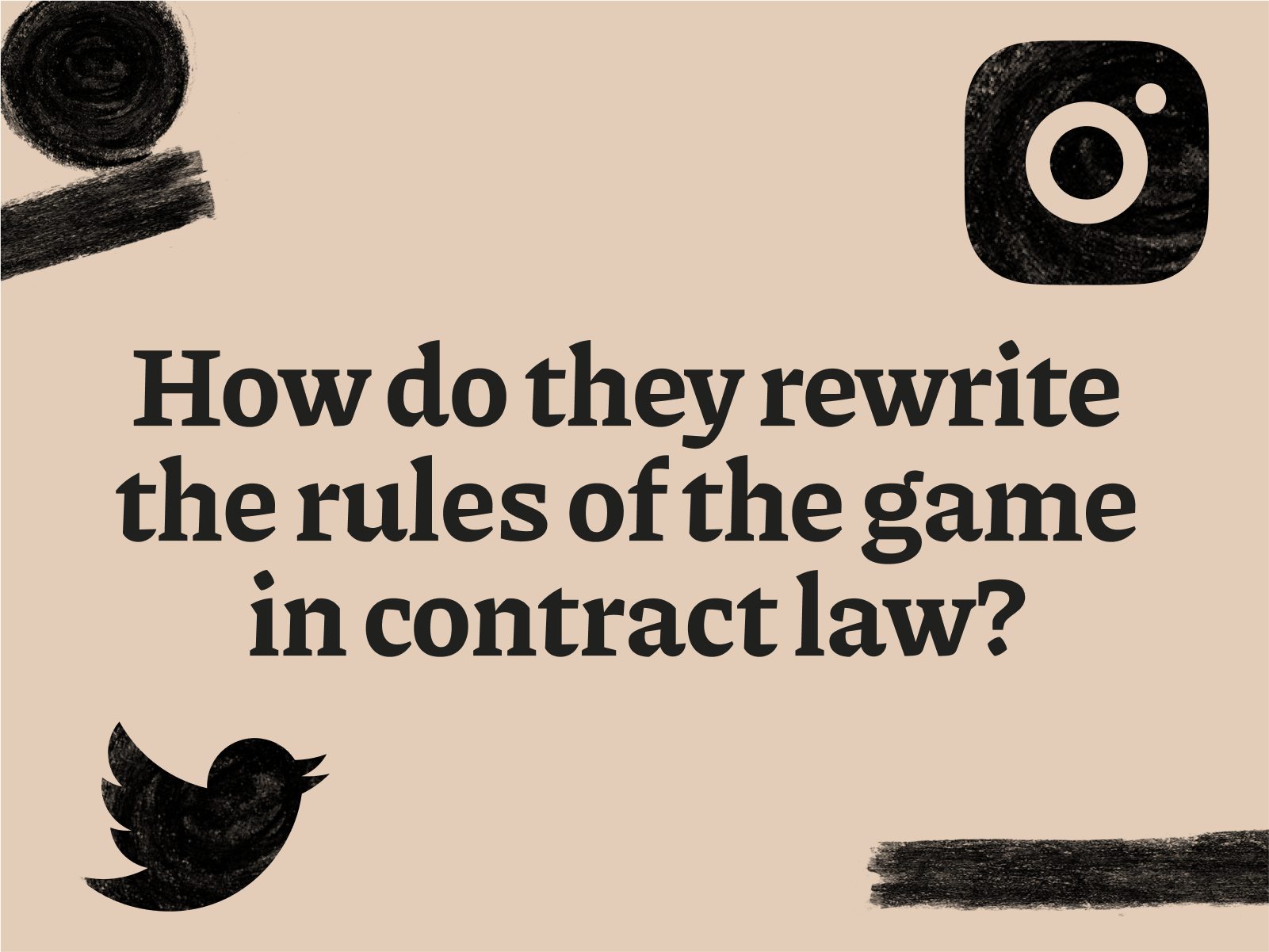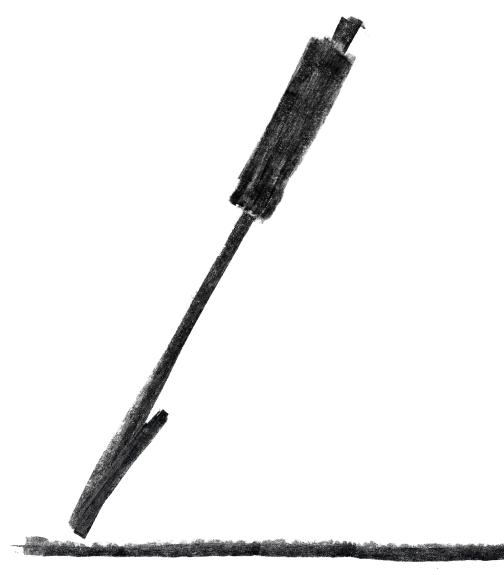Over the years, cinema, television and literature have given us many favourite characters that we can recognize just by one of their phrases or characteristic images. Undoubtedly, such intellectual property requires proper legal protection. That is why today we will follow the “life path” of a character: from his birth to his death (of course, from a purely legal point of view), and will be able to determine how to protect intellectual property rights to such an object.
How are characters born?
Let’s start with the moment when the rights to an intellectual property object such as a character legally arise. The moment when rights arise will depend on how you look at it. After all, the nature of intellectual property objects is special. Therefore, we can perceive the appearance of a character, his or her image, as a work in the context of copyright. In this case, the copyright in the character will arise from the moment a certain image or sketch of his appearance is created.
Important to remember!
Copyright does not protect ideas, but only their physical embodiment. At the same time, copyright does not require mandatory state registration.
Along with copyright, a trademark can be used to protect the appearance of a character. However, while in the case of copyright, it is enough to give your idea a physical embodiment and you already have the relevant rights, with a trademark it is more complicated. To acquire rights to a trademark, you need to register it with the state. And after obtaining the relevant certificate, you will have the relevant rights. In this case, the date of their occurrence will be considered the date of filing a trademark application. A significant advantage of a trademark is that you can also protect your character’s name, catchphrases, etc. Unlike copyright, a trademark allows you to protect words and phrases.
Important to remember!
When choosing the option of registering a character (his or her appearance or name) as a trademark, you should not forget to select the goods or services for which you want to protect it, as well as the relevant countries of interest. These may include classes for the production of toys, printed matter, mobile games or other applications, entertainment, cultural or educational services, and many others, depending on your line of business and purpose.
The case of Lara Croft can be a vivid example of protecting a character as a trademark. In 2022, Wuhan Shuncheng Electronic Commerce Co., Ltd. filed an application for the EU trademark “LoraCraft”. Of course, this name may resemble the name of the film and computer game character Lara Croft, which is also a trademark.
Despite the fact that these two trademarks are used for different activities, the European Union Intellectual Property Office concluded that the registration of the LoraCraft trademark would infringe the rights of the owners of such a character as Lara Croft, as the sound and spelling would cause the consumer to associate with this character.
It is worth mentioning in passing the protection of the appearance of a character by means of an industrial design. Protection by an industrial design can be granted both with and without registration – as an unregistered design. However, industrial designs have a limited term of protection and are valid only in a specific territory.
Another option for protection is the legislation against unfair competition and the protection of trademarks under international treaties. Such methods do not require mandatory registration of the character in the country of interest, but they are more complex in terms of protection and proof than the above-described copyright, industrial design and trademark.
How long do characters live?
Once the rights to a character have been established, the question arises: how long will these rights be valid? As with the moment when the rights to such an object arise, the duration of their existence is also directly related to the chosen option of their legal protection.
In the case of protecting a character as a work of art, the copyright to it will be valid (as a general rule) for the life of the author and 70 years after his or her death. The maximum term of validity of industrial design rights is 25 years, and in the case of unregistered design protection, 3 years.
In the case of trademarks, the certificate is valid for 10 years, after which it can be renewed for the same period. And so on an unlimited number of times.
It is the possibility of an unlimited extension of a trademark certificate that attracts the creators of fictional characters. After all, if copyright or industrial designs sooner or later cease to be protected, then, if the certificate is renewed in time, the trademark can be used indefinitely.
So what happens afterwards?
Continuing with the analogy with real life, it is worth taking a closer look at what happens to characters after their legal existence ceases. If a trademark or industrial design certificate expires, it’s simple – the rights to the character cease. That is, other people will be able to use your character without your permission.
But copyright is not so simple. After 70 years have passed since the author’s death, the work (i.e. the character) goes into the public domain. However, this term applies to economic copyrights, but no one has cancelled the author’s moral rights. This means that anyone can use such a work of art, but no one can distort or misrepresent it.
For example, the famous character Winnie the Pooh entered the public domain in 2021, and the film industry decided to waste no time in releasing a slasher film, Winnie the Pooh: Blood and Honey”. This event caused a flurry of discontent and raised the question of whether the moral rights of the author of the original Winnie the Pooh character, whose image was used in the film, had been violated.
Another stunning piece of news shook up the media landscape in early 2024 – Mickey Mouse is going into the public domain. The copyright to Mickey Mouse has been a stumbling block for many years. It is rumoured that Disney has had a significant impact on copyright law in the US in order to retain the rights to this character for as long as possible.
Returning to the question of whether this character has indeed entered the public domain, it should be noted that the term of protection for the image of the original Mickey Mouse, which was first used in the animated film Steamboat Willie, has expired. However, Disney still owns the rights to later versions of the character, and the first original image of Mickey Mouse, which was used in the film “Steamboat Willie”, is still protected by numerous trademarks.
Conclusion
In summary, the choice of the final option for protecting a character depends on the specific case. For Ukraine, comprehensive legal protection of such an object (i.e. simultaneous protection by both copyright and a trademark or industrial design) is quite relevant. Such an approach will allow you to protect the appearance of your character, his or her name, while not being limited in the duration of such protection and the areas of use of your character.

